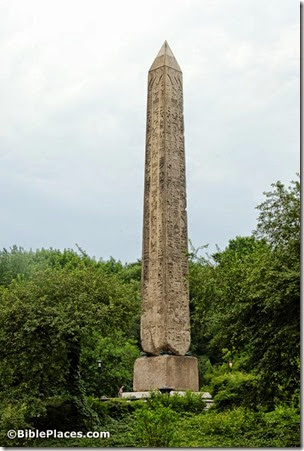As a dedication to Sharon Zuckerman, Biblical Archaeology Review has made her two articles available to the public.
Now online: G. M. Grena’s recent NEAS lecture on LMLK seals: Judahite Tithes vs. Assyrian Taxes.
Charlie Dyer explains why Israel is safe.
This week’s edition of The Book and the Spade looks at temples (Megiddo) and tombs (Amphipolis).
Where Are They Now? BAR goes back to check in with individuals featured on former covers of the January/February dig issue.
Seth Rodriquez provides a short introduction to the archaeology of Joshua’s conquest.
It’s December, and that means people are interested in Bethlehem then and now. Begin with Wayne
Stiles’ introduction to the Church of the Nativity. Then see what else is of interest in the city and environs in this Jerusalem Post article.
Rear Vision looks at the history of the contested Temple Mount.
This is a good week to get some fresh illustrations of fishing on the Sea of Galilee. Ferrell Jenkins shares a couple of great images of Tabgha, followed up with a post on fish of the Sea of Galilee with five photos. Leen Ritmeyer shares illustrations on the harbors of the Sea of Galilee.
Three movies being released this month are about ancient Egypt.
A new work from Carta: Understanding the Alphabet of the Dead Sea Scrolls, by Ada Yardeni.
HT: Agade


